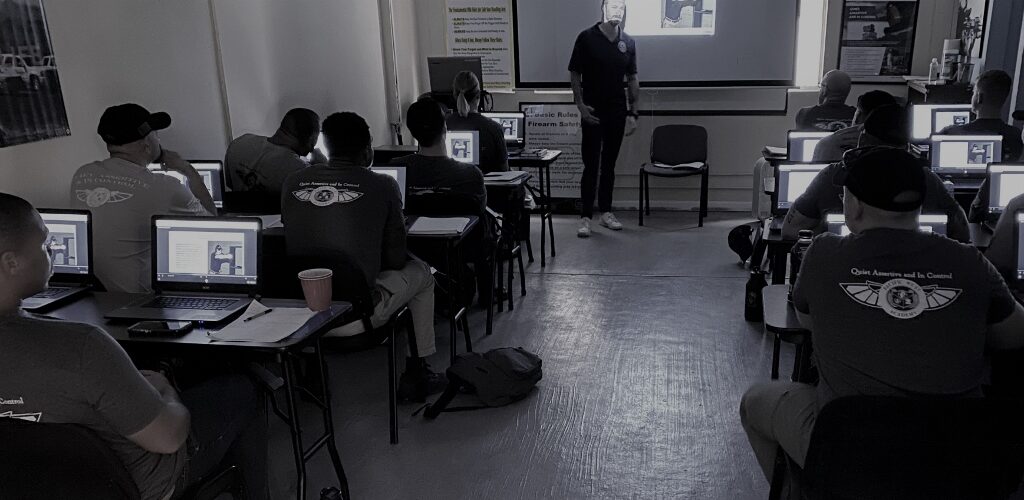

The Fundamental Importance of an Advance as an Executive Protection Agent
The Fundamental Importance of an Advance as an Executive Protection agent
As a leader in the military I found myself planning complicated, sensitive and oftentimes, dangerous missions in both permissive and non-permissive environments around the world. A lot of the time, I never had the opportunity to do an advance, or as we called it in the military, a pre-deployment site survey. We often found ourselves gathering information via several sources accessible to us and coming up with the best plan, in theory, to execute the mission at hand. One thing that quickly became clear to me was this: when you have the opportunity to visit a location ahead of time, you should take it. This is a philosophy that carries over directly into the Executive Protection world. The better you can understand and visualize a situation, the better you become at planning and execution.
VIP Close Protection details are dynamic and will vary depending on several factors: Location, type of detail, threat assessment, roles and responsibilities etc. Every agent should have a base knowledge and some practical experience conducting advances, but a lot will be learned and improved upon with time and repetition. No matter the experience level, an in-depth checklist should be used when involved in mission planning. A checklist will act as a methodical data gathering system and will act as a fail-safe to make sure all essential information is accounted for. A master checklist should be kept on hand and then tailored for the specific mission at hand.
Prior to working a detail, you will be given some basic information about your up-coming job and client. This is a good time to research and gather additional information to aid you in your advance. With the availability of information via the internet, some of the data that you initially need can be easily obtained before you even leave your office. Venue/site information, routes and local service information will aid you in understanding the situation in which you are about to enter. If you are unfamiliar with this client, gathering open source intelligence will help you develop a better understanding of your client’s personality and assist you in developing a basic threat assessment.
With navigation apps readily available, it can seem redundant to travel a route in person, but I always recommend traveling your planned path ahead of time. Reviewing a route in person will allow you to not only familiarize yourself with the directions and associated landmarks, but also to check for any impediments that may not be shown on your app. Alternate and tertiary routes can also be verified and added to your plan at this time.
When arriving at your site/venue, determine where you will be parking, dropping, valeting etc. This is also a good time to meet with your point of contact, if you have one. Have your POC walk you through everything on your itinerary from start to finish. If you do not have a POC or an itinerary, you can gather the general information on your own. Visit all applicable locations and get a thorough understanding of the area layout, this will allow you to provide good customer service to your client and to plan for contingencies from a security standpoint. When leaving the site, make sure to browse over your checklist and verify that you have gathered all necessary information. Make sure you have items annotated such as contacts, layouts and any other pertinent information.
Once you have done an on-site advance, you should have enough information to plan how the detail should generally run from start to finish. One key factor that needs to be addressed is planning for contingencies. Contingency planning should encompass every aspect of the mission planning process. For every step, you should analyze the situation and visualize things that could go wrong or may need to be adjusted and have an alternate plan in place. The most extreme level of contingency planning should include your Emergency Action Plan (EAP.) Your EAP should take account any facets of the detail that could devolve into an emergency situation: medical emergencies, physical attacks, natural disasters etc. Have a plan in place for these situations and know where the nearest emergency services are in relation to your location(s).
Advancing a site gives you better overall insight into how a detail should run. It not only allows you get a visual and physical representation, but also gives you a more complex list of data that can aid you in developing a risk assessment as well as planning a detail from both a security and customer service standpoint. Utilize a running check list and make sure you add/edit it as your experiences evolve. In my opinion, nothing determines the outcome of a detail more than the effort that is put into planning it. Remember, plan for the worst, but hope for the best.
